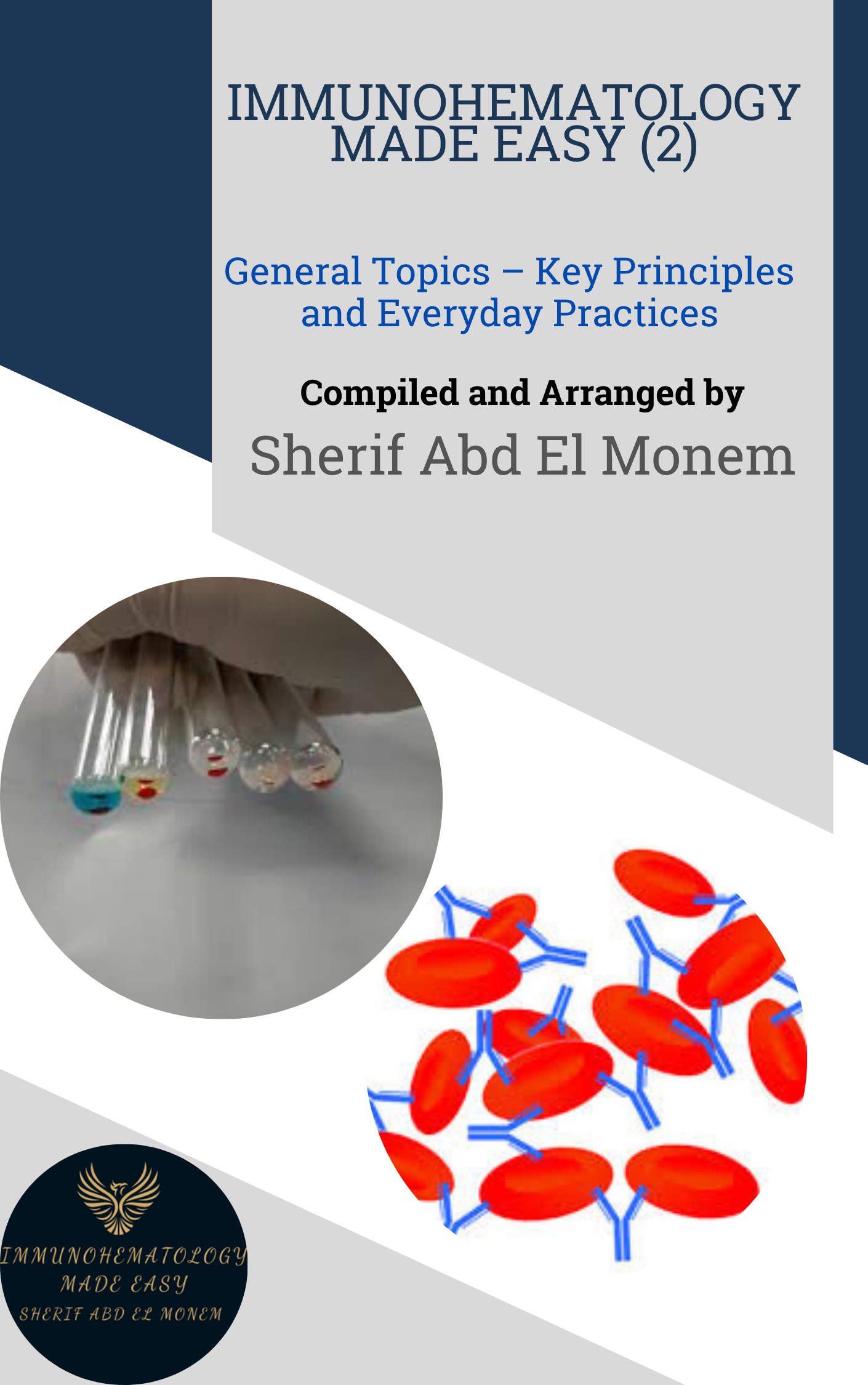Alloimmunization following antigen‐negative red blood cell transfusion
Bullet points for the article “Assisted by AI” :
Introduction: The article explains that red blood cell (RBC) transfusions can lead to alloimmunization, which is the process by which a patient develops antibodies against foreign RBC antigens.
Background: The article describes the current practice of transfusing antigen-negative RBCs to reduce the risk of alloimmunization, but notes that this practice is not foolproof and can still lead to alloimmunization.
Methods: The study analyzed data from patients who received antigen-negative RBC transfusions at a single hospital over a five-year period. The patients were divided into two groups: those who received only antigen-negative RBCs and those who received a mix of antigen-negative and antigen-positive RBCs.
Results: The study found that patients who received only antigen-negative RBCs had a lower rate of alloimmunization than those who received a mix of antigen-negative and antigen-positive RBCs.
Discussion: The article discusses the implications of the study’s findings, including the need for better methods to identify patients at high risk for alloimmunization and the potential benefits of using molecular testing to confirm the absence of certain RBC antigens.
Conclusion: The article concludes that while antigen-negative RBC transfusions can reduce the risk of alloimmunization, they are not a perfect solution and further research is needed to improve transfusion practices and reduce the risk of complications.
Limitations: The article acknowledges several limitations of the study, including its retrospective design and the fact that it was conducted at a single hospital, which may limit its generalizability to other settings.
Implications for future research: The article suggests several avenues for future research, including studies on the use of molecular testing to confirm the absence of RBC antigens and the development of better risk stratification tools to identify patients who are most likely to develop alloimmunization.
Summary “Assisted by AI” :
Introduction:
The article highlights the issue of alloimmunization, which is the process by which a patient develops antibodies against foreign red blood cell (RBC) antigens following a transfusion. It explains that alloimmunization can lead to serious complications, such as delayed hemolytic transfusion reactions and difficulty finding compatible blood for future transfusions.
Background:

Immunohematology Made Easy (2)
General Topics – Key Principles and Everyday Practices
📘 Available now in PDF & EPUB formats
🔗 Visit Store
The article notes that current transfusion practices aim to reduce the risk of alloimmunization by using antigen-negative RBCs when possible. However, the article highlights that even with antigen-negative transfusions, there is still a risk of alloimmunization due to minor blood group antigens and variants that may be present in the transfused RBCs. The article suggests that further research is needed to improve transfusion practices and reduce the risk of complications.
Methods:
The study analyzed data from patients who received RBC transfusions at a single hospital between January 2015 and December 2019. The study included a total of 2,758 patients, with an average age of 62 years. The patients received a total of 7,684 RBC transfusions, with an average of 2.8 transfusions per patient.
The patients were divided into two groups based on their transfusion history. The first group included patients who received only antigen-negative RBCs, while the second group included patients who received a mix of antigen-negative and antigen-positive RBCs.
The study analyzed the incidence of alloimmunization in both groups, as well as factors that may contribute to alloimmunization, such as patient age, sex, and underlying medical conditions.
Results:
The study found that the overall incidence of alloimmunization was 1.5%, with 37 patients developing new antibodies following a transfusion. The study also found that patients who received only antigen-negative RBCs had a lower incidence of alloimmunization (0.6%) compared to patients who received a mix of antigen-negative and antigen-positive RBCs (2.5%).
The study did not find a significant association between patient age, sex, or underlying medical conditions and the risk of alloimmunization.
Discussion:
The article discusses the implications of the study’s findings, highlighting the importance of using antigen-negative RBCs when possible to reduce the risk of alloimmunization. The article suggests that the use of molecular testing to confirm the absence of certain RBC antigens may further reduce the risk of alloimmunization in patients who are at high risk.
The article also notes that the study’s findings may have important implications for transfusion practices in other settings and suggests that further research is needed to confirm the study’s results and identify other factors that may contribute to alloimmunization.
Conclusion:
The article concludes that while the use of antigen-negative RBCs can reduce the risk of alloimmunization, it is not a foolproof solution and further research is needed to improve transfusion practices and reduce the risk of complications. The article suggests that the use of molecular testing and better risk stratification tools may help to further reduce the risk of alloimmunization and improve patient outcomes.
Limitations:
The article acknowledges several limitations of the study, including its retrospective design and the fact that it was conducted at a single hospital, which may limit its generalizability to other settings. The study also did not assess the impact of alloimmunization on patient outcomes, such as the need for future transfusions or the development of hemolytic transfusion reactions.
Implications for future research:
The article suggests several avenues for future research, including studies on the use of
molecular testing to confirm the absence of certain RBC antigens, the development of better risk stratification tools to identify patients who are at high risk of alloimmunization, and the assessment of the impact of alloimmunization on patient outcomes.
The article concludes by emphasizing the importance of ongoing research and quality improvement efforts to improve transfusion practices and reduce the risk of alloimmunization. It suggests that by working together, clinicians, researchers, and transfusion services can ensure that patients receive safe and effective transfusions that meet their individual needs.

Immunohematology Made Easy (2)
General Topics – Key Principles and Everyday Practices
📘 Available now in PDF & EPUB formats
🔗 Visit Store

📘 New to Blood Bank?
Start your 5-day journey with Immunohematology Made Easy — a simple, beginner-friendly guide with real-life examples!
👉 Get Your Copy Now
Pingback: Alloimmunization following antigen‐negative red blood cell transfusion - Immumohematology Made Easy